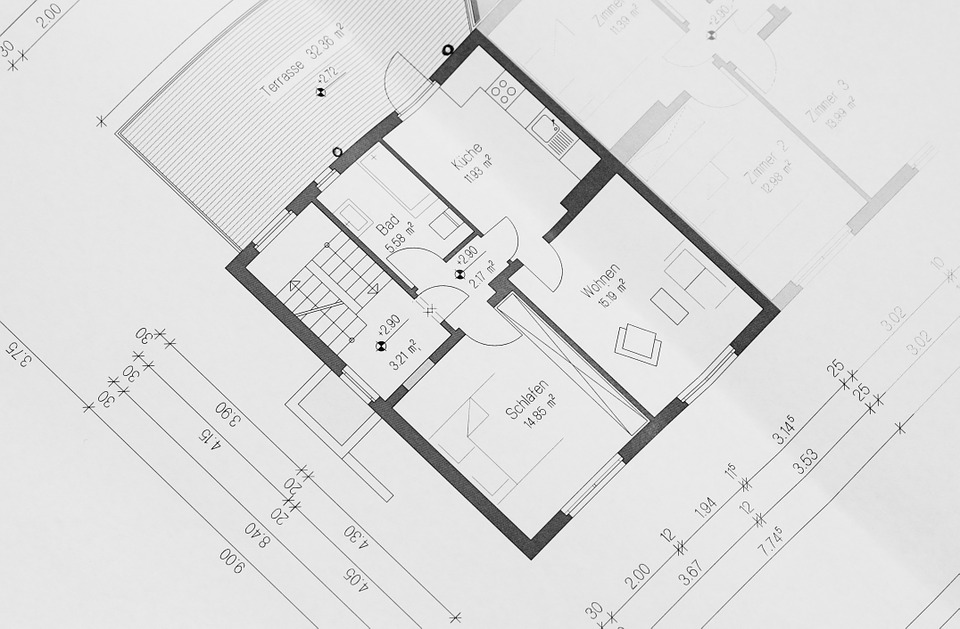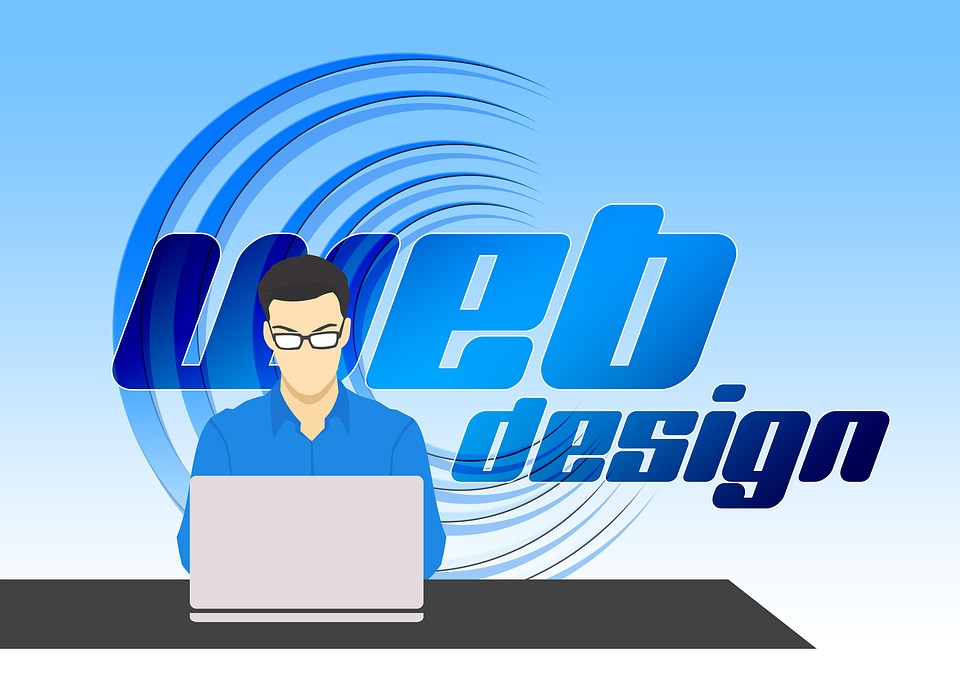Turning a product idea into an actual product that customers can buy is a long and complicated process. For the product idea to be mature enough for production, it needs to go through strict reviews, product development, and rigorous testing. Even after reaching a production-ready design, there are still a lot of things that can go wrong with it.

Rapid prototyping with the help of solutions such as PCAD simplifies this complex process substantially. Thanks to 3D simulation, 3D printings, and other product development instruments available today, you can take a design from prototype to production much more quickly.
Design and Simulation
One of the main reasons why rapid prototyping is, well, rapid is because of the extensive simulation tools used in the process. Instead of creating mockups, evaluating them, and then refining the design manually, you can now simulate virtually any part of the design in 3D environment.
When designing a PCB, for instance, you can use design solutions such as Altium to turn your schematics into actual, highly-optimized PCB designs, and then take them a step further into the 3D simulation world. You can measure every detail, see how parts work together in 3D form, and make the necessary adjustments at this point.
PCAD works universally, so moving from one design and development environment to another is also seamless. Aside from PCAD, software like Altium also supports common outputs, including MCAD and ECAD. This alone shortens product development time by a substantial margin.
Rapid Prototyping
The heart of rapid prototyping lies in the way modern technologies enable the creation of prototypes from 3D models. We now have PCB printers, CNC routers, 3D printers, and a wealth of other tools to use; all of these tools work well with PCAD and other standards mentioned earlier, which means you can transform the optimized 3D model you get from the previous stage into a tangible prototype within hours.
3D printing alone shortens the time needed to test product concepts and designs by up to 80%. Instead of waiting for manual prototyping – which could take days, if not weeks, to complete – engineers and designers can simply let a 3D printer do its magic for a few hours. The higher-end 3D printers will even produce prototypes with working joints and mechanisms.
Production-Ready Models
What’s interesting about today’s rapid prototyping solutions is their ability to prepare your product design for production. Using Altium as an example, you can figure out the exact parts you need and how to source them once the PCB design is production-ready. The software will also track versions of the product. When you make changes to the design (i.e. for improvement), the system will update all assets of the product automatically.
Everything is done automatically. The flow of turning a design from prototype to production is as seamless and smooth as it gets with the solutions you now have at your disposal. All you have to do is establish a good product development environment you’re comfortable with the most and get started right away.



